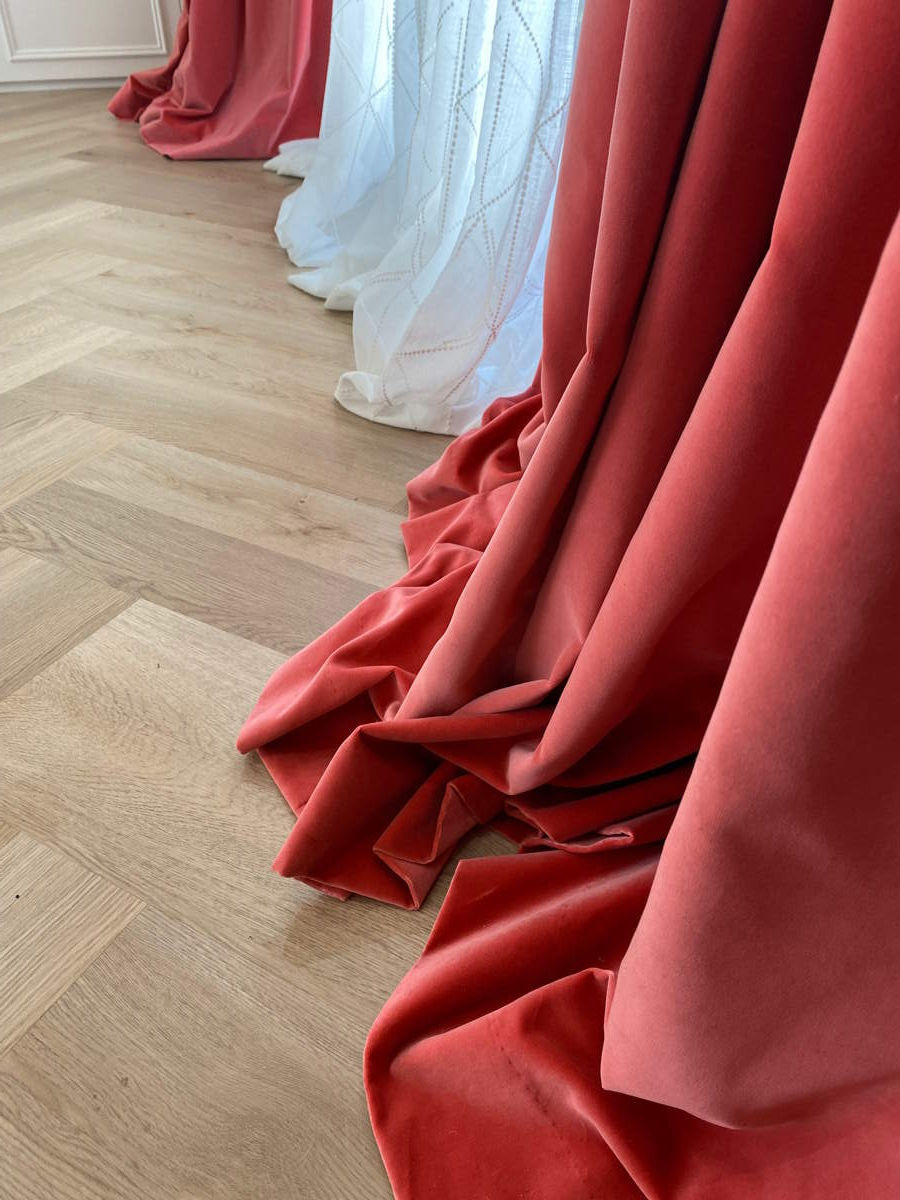What is the Best Timber Flooring for a Home Renovation?
- Monique Sartor

- Mar 14
- 3 min read

Flooring plays a crucial role in the aesthetics, durability, and maintenance of your home. Let’s explore the different types of flooring, their pros and cons, and which one might be the best for your home.
Floating Floorboards: The DIY Darling
Let’s start with a term you’ll hear a lot—floating floors. This doesn’t refer to some kind of magical hovering wood, but rather to the way the boards are installed. Instead of being nailed or glued down, floating floorboards interlock and “float” over an underlay. This makes installation much easier, and in many cases, a great option for DIY enthusiasts.
Floating floors can be made from a variety of materials, including laminate, hybrid, and engineered timber (which we’ll get to next), so think of it as an installation method rather than a flooring type.
Laminate Flooring: The Budget Beauty
If you love the look of timber but your bank account doesn’t, laminate flooring might be your best friend. It consists of a high-resolution photo of wood (yes, a picture!) laminated onto a high-density fiberboard core, then coated with a durable top layer.
Pros:
Budget-friendly
Scratch and stain resistant (great for kids and pets!)
Available in a huge variety of wood looks
Cons:
Can feel a little artificial underfoot
Doesn’t handle moisture well—avoid for bathrooms and laundries
Can’t be refinished, so once it’s worn out, it’s time to replace

Hybrid Flooring: The Tough Cookie
Hybrid flooring is the new kid on the block, and it’s already winning hearts. It combines the best of laminate and vinyl, offering a rigid core that’s 100% waterproof while still looking like natural wood.
Pros:
Fully waterproof—perfect for kitchens and bathrooms
Scratch-resistant and durable
Feels more comfortable underfoot compared to laminate
Cons:
Slightly more expensive than laminate
Can sound a little hollow if not installed properly

Engineered Timber Flooring: The Middle Ground
Engineered timber gives you the real wood look without the full price tag of solid hardwood. It’s made from layers of plywood or HDF (high-density fiberboard) with a real timber veneer on top, giving you that authentic grain and warmth.
Pros:
More affordable than solid hardwood
Can be refinished (depending on veneer thickness)
Less susceptible to expansion and contraction than hardwood
Cons:
Can’t be sanded as many times as solid timber
Still prone to moisture damage (though less than hardwood)

Solid Hardwood: The Forever Classic
Ah, the gold standard! Hardwood flooring is made from solid planks of timber and brings character, warmth, and value to a home like nothing else. But, like all good things, it requires care and investment.
Pros:
Stunning, natural, and unique
Can be sanded and refinished multiple times
Increases property value
Cons:
Expensive upfront and requires professional installation
Susceptible to moisture and humidity changes
Needs regular maintenance

Which Flooring is Right for You?
On a budget? Laminate is a great cost-effective choice.
Worried about water? Hybrid flooring is your best bet.
Love real wood but not the price? Engineered timber is a great compromise.
Want something classic and timeless? Solid hardwood is unbeatable (if your budget allows).
Keen on a DIY project? Floating floorboards (in laminate, hybrid, or engineered timber) make installation easier.
Whatever you choose, your flooring sets the foundation—literally—for your home’s entire look and feel. Pick wisely, and you’ll be walking on sunshine (or at least, really nice floors) for years to come!





Comments